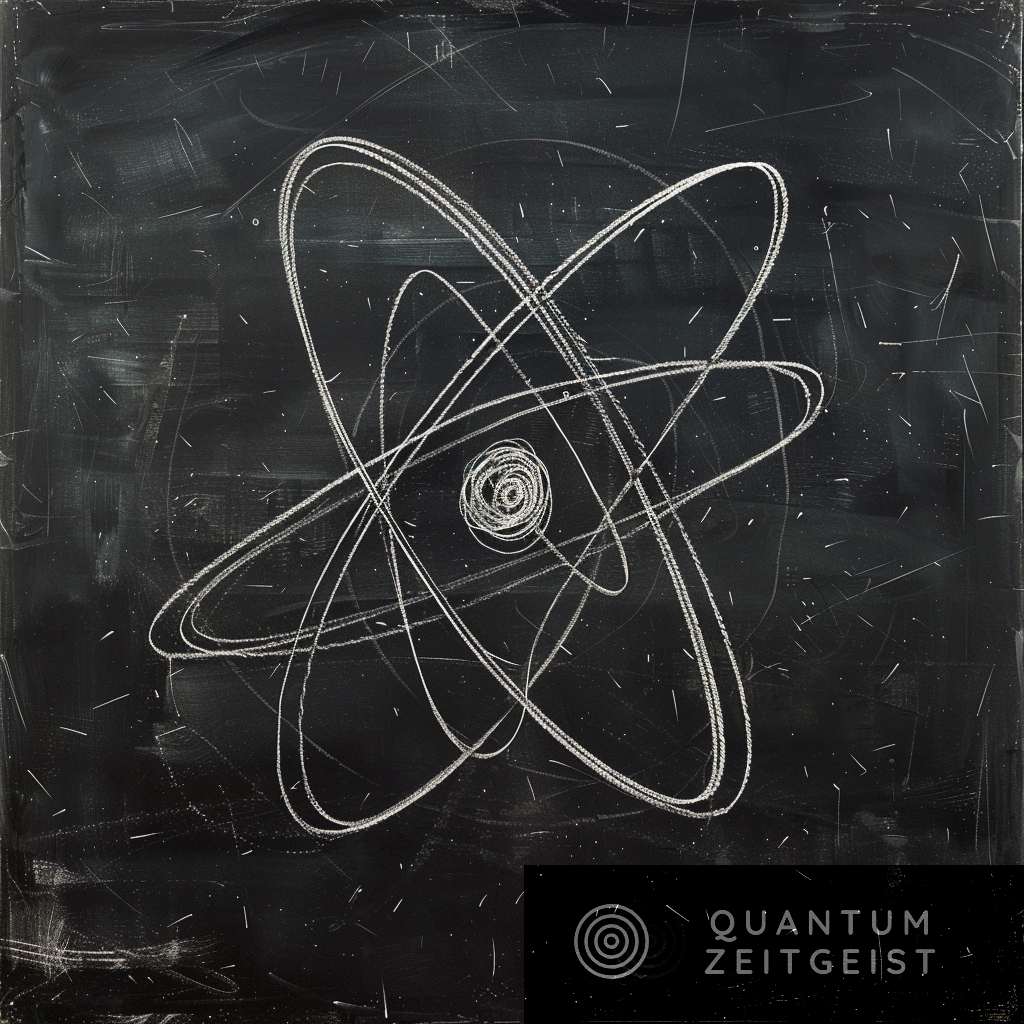Researchers from the African Center of Excellence for Innovative Teaching and Learning Mathematics and Science and the School of Education at Mbarara University of Science and Technology have collected a dataset to assess the teaching and learning of quantum physics at the University of Rwanda College of Education. The data, collected between August 2019 and April 2022, is divided into three sets focusing on students’ performance, classroom practices, and perceptions of quantum physics. The dataset provides a comprehensive overview of quantum physics teaching practices and can be used to improve teaching methodologies, enhance student learning outcomes, and contribute to science education research.
What is the Dataset About?
The dataset in question was collected by researchers from the African Center of Excellence for Innovative Teaching and Learning Mathematics and Science (ACEITLMS) at the University of Rwanda College of Education (URCE), and the School of Education at Mbarara University of Science and Technology in Uganda. The data was gathered to assess the teaching and learning of quantum physics at the URCE. The data collection took place between August and November 2019, and then again between January and April 2022.
The dataset is divided into three sets. The first set focuses on students’ performance and conceptual understanding of quantum physics, collected before and after teaching interventions. These interventions included traditional lecture methods and multimedia-aided approaches. The Quantum Physics Conceptual Survey (QPCS) was primarily used to collect this data.
The second set of data documents classroom practices during the teaching and learning process. This was done using the Classroom Observation Protocol for Undergraduate STEM (COPUS). The final set of data relates to the perceptions of lecturers and students before teaching and learning quantum physics, and students’ attitudes after learning the subject. The Quantum Physics Attitude Test (QPAT) was mainly used to collect this data.
Why is this Dataset Important?
The dataset is of significant importance to various education stakeholders. University managers can use the data to visualize the status of teaching and learning outcomes. Lecturers can reflect on the study to improve their teaching methods. Researchers can use the data to analyze various independent variables.
The data provides a comprehensive overview of the teaching and learning practices of quantum physics at the university level. Quantum physics, a discipline introduced by quantum mechanics, is a set of principles used to explain the behavior of matter and energy. Despite its importance, students often face difficulty interpreting various concepts. This dataset, therefore, serves as a valuable resource for understanding and improving the teaching and learning process of this complex subject.
How was the Dataset Collected and Validated?
The data was collected under a quasi-experimental design. The researchers used various tools, including the QPCS and QPAT, to gather data on students’ performance, conceptual understanding, and attitudes towards quantum physics. Classroom practices were documented using the COPUS.
Before the implementation of the teaching interventions, a baseline study was conducted to determine the prime indicators of current teaching methodologies and students’ perceptions of quantum physics. The research instruments used in this study were designed and validated by university experts in science education.
What are the Implications of this Dataset?
The dataset presents a unique opportunity to understand the teaching and learning practices of quantum physics at the university level. It provides insights into students’ performance, conceptual understanding, and attitudes towards the subject. It also sheds light on the effectiveness of different teaching interventions, such as traditional lecture methods and multimedia-aided approaches.
The data can be used to inform and improve teaching methodologies, enhance student learning outcomes, and contribute to the broader field of science education research. It also has the potential to influence policy decisions related to science education at the university level.
What is the Future of this Dataset?
The dataset, first published in January 2023 and last updated in February 2024, is an open-access resource distributed under the terms of the Creative Commons Attribution License. This means that it can be freely used, distributed, and reproduced, provided the original work is properly cited.
The researchers anticipate that the dataset will continue to be a valuable resource for university managers, lecturers, and researchers in the field of science education. As the teaching and learning landscape evolves, the dataset can be updated and expanded to reflect new developments and trends.
Publication Date: 2024-02-12
Authors: Pascasie Nyirahabimana, Evariste Minani, Mathias Nduwingoma, Imelda Kimeza et al.
Source: F1000Research
DOI: https://doi.org/10.12688/f1000research.128013.2

